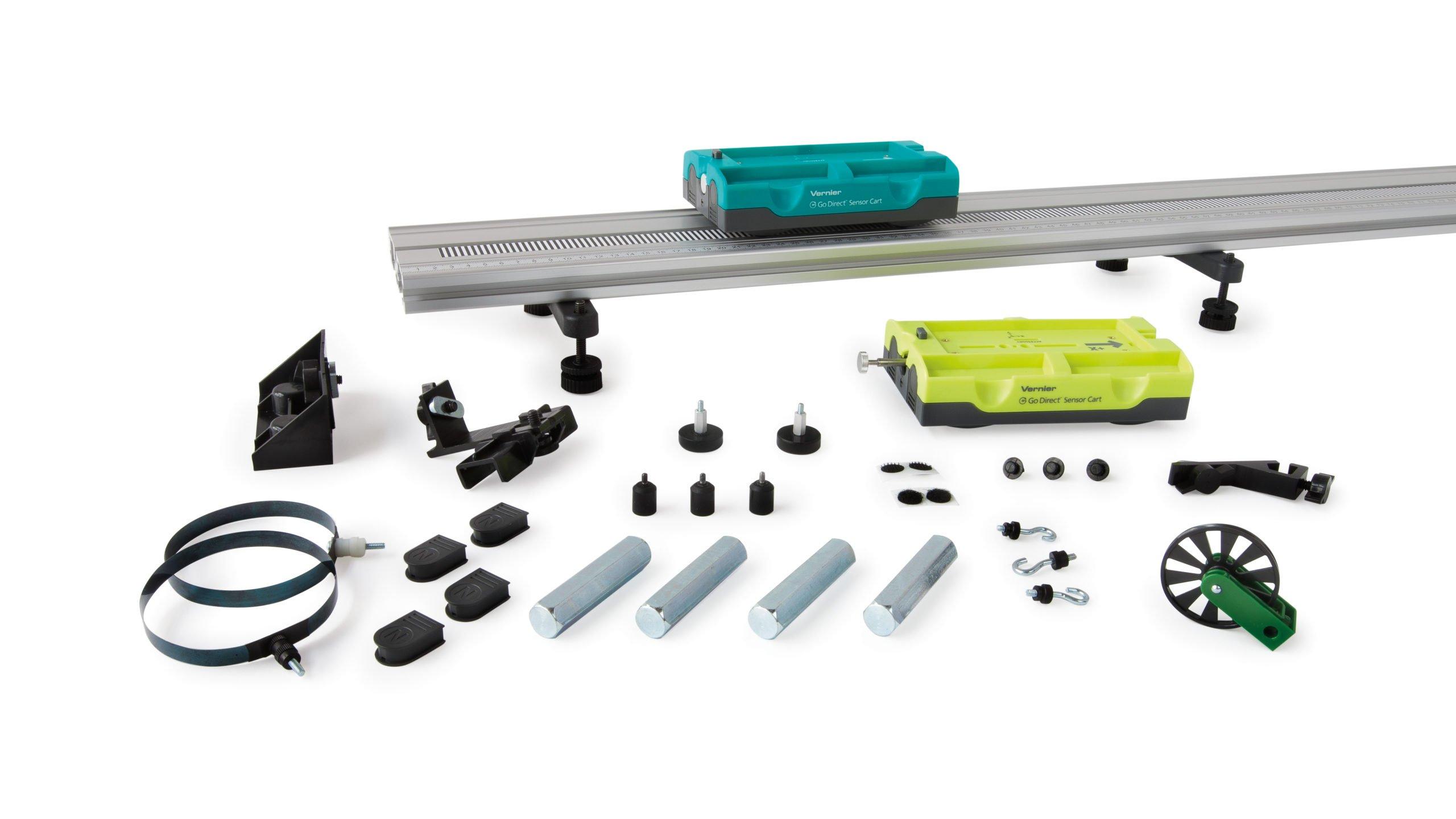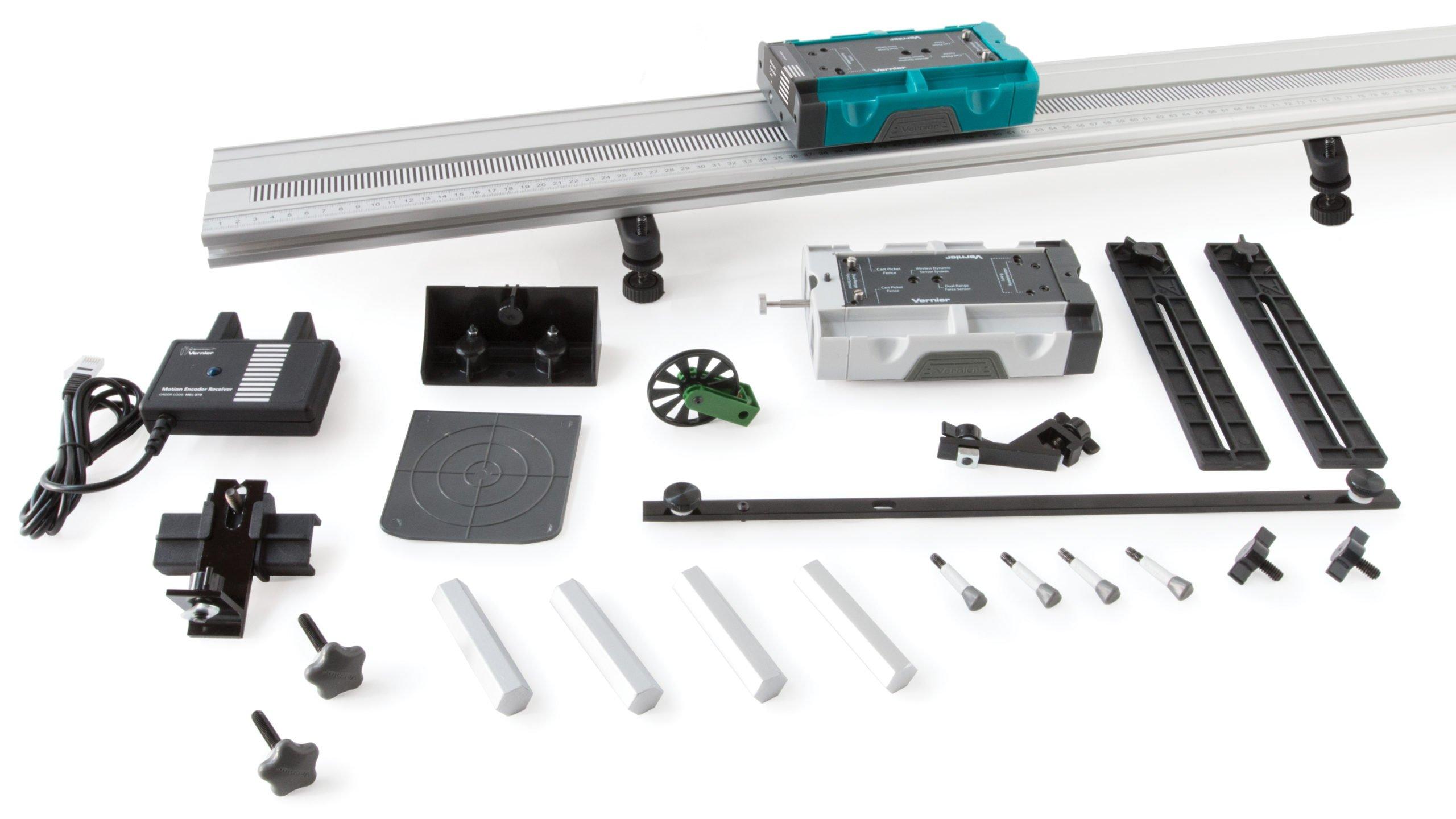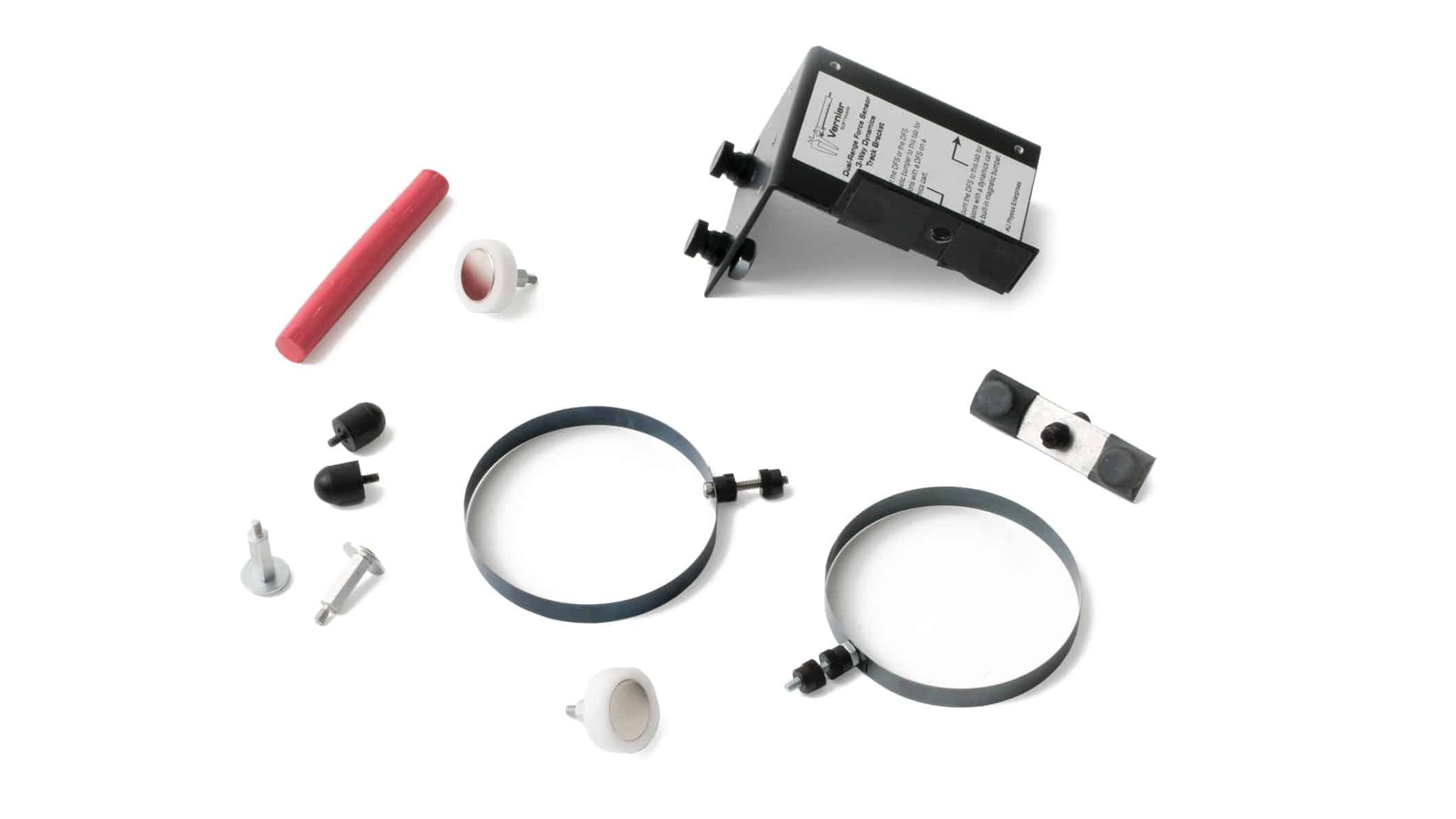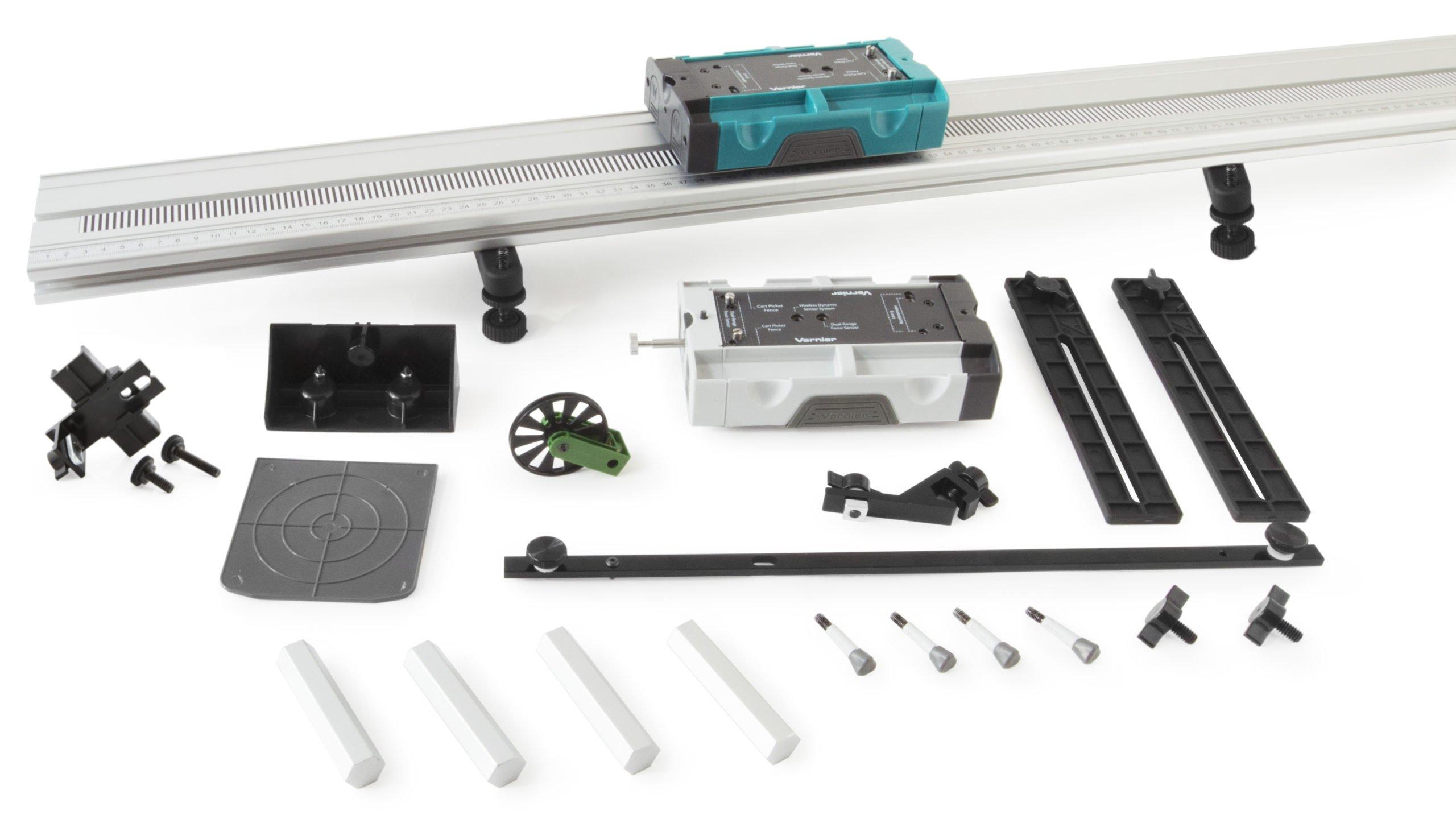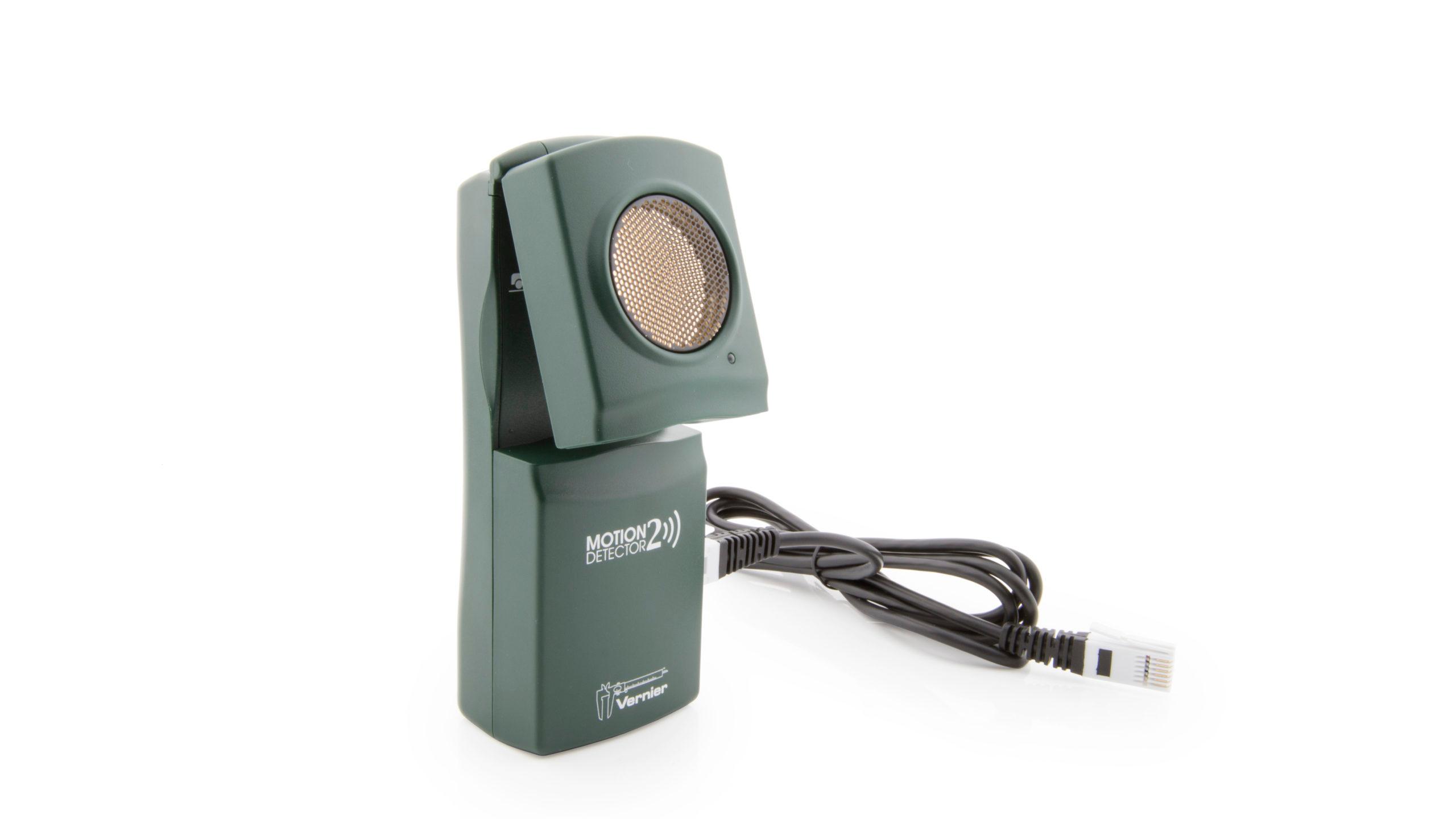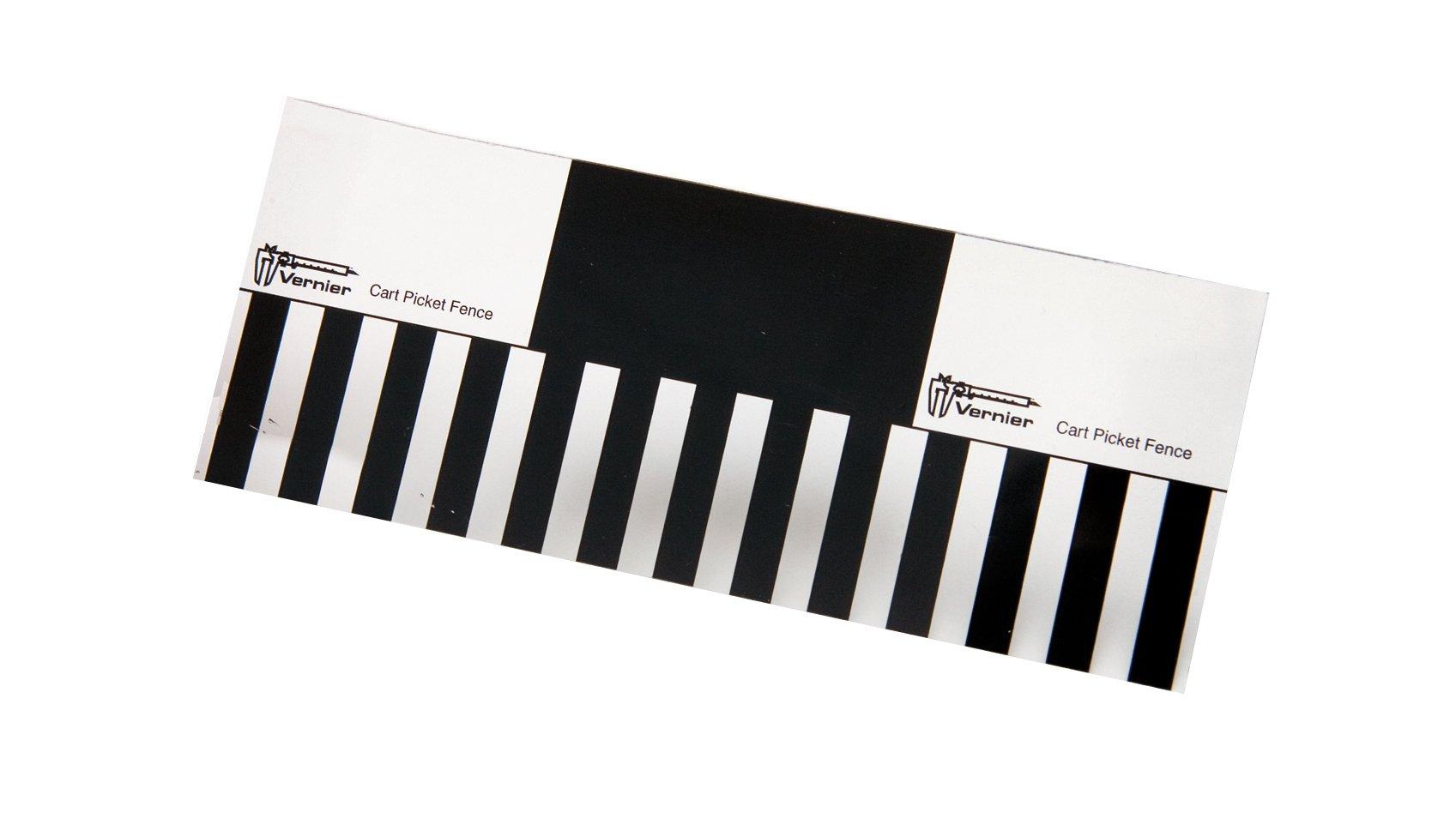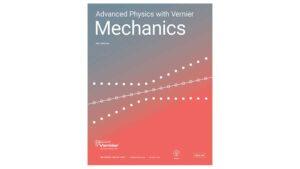Energy Storage and Transfer: Gravitational Energy
Experiment #9 from Advanced Physics with Vernier — Mechanics
- Subject
- Physics
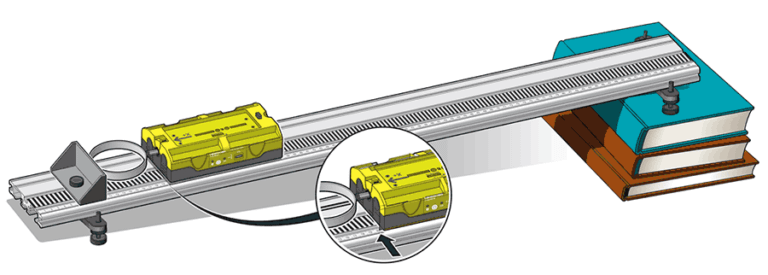
Introduction
In the first of this series of experiments exploring the role of energy in change, you found that the energy stored in an elastic system was proportional to the square of the change in the length of the spring or rubber band deformed by the applied force. We called the energy stored in this way elastic energy.
In the previous experiment you found that this energy could be transferred to a cart to produce a change in its speed. We said that the moving cart stored energy in an account called kinetic energy. Suppose that, instead of moving horizontally, the cart were to move up an incline. Gradually, the cart would come to a stop before it began to roll back down the incline. Let’s examine for a moment the energy of the system when the object reaches its maximum height and its velocity is zero. While kinetic energy has diminished to zero, the energy of the system isn’t “lost.” It must be stored in some other account, which we call gravitational energy. This is the energy stored in the Earth–cart system as a function of its new height. Consider for a moment what system variables might affect the gravitational energy of the Earth–cart system.
While it is not a simple matter to measure this quantity directly, determining the change in the gravitational energy is straightforward. We can simplify this discussion if we arbitrarily assign a value of zero to both the gravitational energy of the system and the height of the object when it is as close to the Earth as it will get during the course of our investigation. Your goal is to determine a quantitative relationship between the gravitational energy and the height of an object above the zero-reference position.
Objectives
In this experiment, you will
- Recognize that the energy stored in an elastic system (spring, rubber band) can be transferred to another object, resulting in a change in the state of that object.
- Determine an expression for the gravitational energy as a function of the height of an object above the Earth.
Sensors and Equipment
This experiment features the following sensors and equipment. Additional equipment may be required.
Ready to Experiment?
Ask an Expert
Get answers to your questions about how to teach this experiment with our support team.
- Call toll-free: 888-837-6437
- Chat with Us
- Email support@vernier.com
Purchase the Lab Book
This experiment is #9 of Advanced Physics with Vernier — Mechanics. The experiment in the book includes student instructions as well as instructor information for set up, helpful hints, and sample graphs and data.

